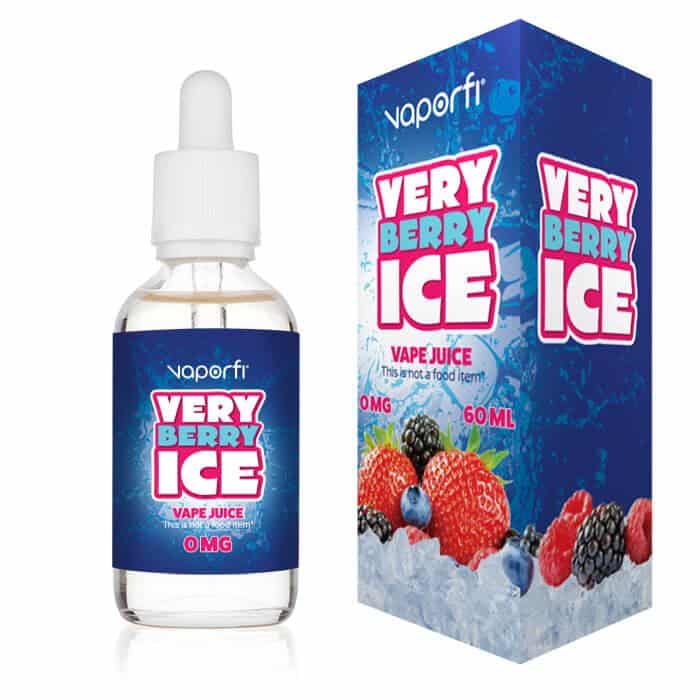Funtabulously Frivolous Friday Five 303
Just when you thought your brain could unwind on a Friday, you realise that it would rather be challenged with some good old fashioned medical trivia FFFF, introducing the Funtabulously Frivolous Friday Five 303 – the ‘Don’t Eat That’ Edition
Question 1
A 9 year old boy presents with his mother after she was notified by another parent that he had reportedly eaten toads’ eggs while playing with his friends at a local creek earlier that afternoon. What test should be performed to investigate potential toxicity?
Reveal the funtabulous answer
A digoxin level.
The ingestion of cane toad’s (Bufo marinus) eggs or parotid gland secretions cause toxic effects that resemble cardiac glycoside poisoning. This results in the death of other animals and has been reported in adults who have consumed soup containing toad eggs. Following ingestion, symptoms such as nausea, vomiting and altered neurological state may occur within 1–6 hours, cardiovascular effects typically occur more than 6 hours after ingestion, and severe toxicity can lead to electrolyte abnormalities including hyperkalaemia.
This young man had symptoms on presentation at 6 hours post ingestion: vomiting and drowsiness. The ingestion of toxic cardiac glycosides present in the toad eggs was confirmed by a therapeutic digoxin level of 1.3μg. His ECG, initially normal, progressed to a sinus brady arrhythmia with irregular sinus pauses of up to 1 second. He was managed with 80mg digoxin Fab and admitted to the PICU, he required a further 80 mg of digoxin Fab to completely resolve his symptoms, exhausting the hospital’s supply.
Several cane toad females will generally lay eggs in the same water and each female lays up to 35,000 eggs in one clutch.
Reference:
- James G, Thornton S. Dare to Eat Cane Toad Eggs? Journal of Paediatrics and Child Health. 2019;55(1):120-121
Question 2
A mother brings her 18 month old daughter in to ED, it’s several hours after her bedtime but she is wide awake and running laps around your department. The mother claims the daughter accidentally got fed some diet tablets out of her handbag by the mischievous 3 year old brother. What might they be?
Reveal the funtabulous answer
Phentermine.
Phentermine is a sympathomimetic amine commonly sold under the brand name Duromine. Misuse, abuse and overdose are all common. Although attainable through prescription in Australia, it is also seemingly quite easy to procure over the internet.
Any of the sympathomimetic diet agents would give a similar presentation. This child was admitted given the risk of seizures and coma. She remained awake the remainder of the night. Unsurprisingly, her lack of appetite necessitated an NG for hydration support. She was later discharged when eating and drinking by herself.
Reference:
- NPS.org – Duromine side effects.
Question 3
Jellyfish are known for their painful sting, whether it be Box, Irukanji or Bluebottle. What, potentially fatal, other problem could they cause in humans?
Reveal the funtabulous answer
Anaphylaxis.
A case report from Japan details the story of a 14-year-old boy who presented with anaphylaxis after having eaten commercially available boiled jellyfish products (yes, you read that correctly). The young man had eaten similar products approximately twice yearly for the past 5-6 years. He improved following treatment with IM adrenaline, corticosteroid and anti-histamines as well as IV fluids and inhaled salbutamol. A later oral challenge of boiled jellyfish confirmed his allergy.
Probably not a clinical problem you can pee on…
Reference:
- Kubota D, Nozawa A, Yanai T, Ozasa K, Mori S, Kurihara K. The case of a 14-year-old boy who experienced anaphylaxis due to jellyfish (Mastigias papua) ingestion. Arerugi. 2017;66(6):809-812. doi: 10.15036/arerugi.66.809.
Question 4
A 4 year old child presents via ambulance with vomiting, seizures, fasciculations and tachycardia. Just over an hour ago, they were found sipping from this bottle. What is the agent responsible for this presentation?
Reveal the funtabulous answer
Nicotine.
Nicotine in small doses causes GI upset, but in larger doses can cause significant cardiorespiratory effects through stimulation of nicotinic receptors including but not limited to tachycardia (then bradycardia), hypertension (then hypotension), seizures, muscle weakness and coma.
The rising popularity of e-cigarettes has led to greater availability of nicotine products, in particular, highly concentrated formulations (often via online vendors). Of the calls made to the Australian Poisons Information Centre in Australia pertaining to nicotine liquid or ‘vape juice’ exposures, 38% related to concerns about children found handling e-cigarettes or their refills. These products are often flavoured and come in attractive packaging, presenting a dangerous enticement for little hands and mouths.
Reference:
- Wylie C, Heffernan A, Brown JA, Cairns R, Lynch AM, Robinson J. Exposure to e-cigarettes and their refills: calls to the Australian Poisons Information Centres, 2009-2016. Med J Aust. 2019 Feb;210(3):126. doi: 10.5694/mja2.12032. Epub 2018 Nov 12.
Question 5
Drug misadventures, overdoses and deaths are of course not confined to children. What class of drug causes the majority accidental drug induced deaths?
Reveal the funtabulous answer
Opioids
Prescription opioids were involved in 53 per cent of all accidental drug-induced deaths in 2017.
By single drug type, the most common substance present in drug-induced deaths in 2017 were benzodiazepines, identified in 824 deaths (46%). However opioids were the most common drug class identified in drug-induced deaths data over the past two decades.
Over the past decade, drug-induced deaths were more likely to be due to prescription drugs than illegal drugs, and there has been a substantial rise in the number of deaths with a prescription drug present.
The figures come from Australia’s 2019 Annual Overdose Report which also revealed a dramatic spike in the number of overdose deaths involving heroin or illicit stimulants such as methamphetamine in the last five years. The main features also included:
- In 2017, 1,795 deaths were drug-induced – a rate of 7.4 per 100,000 population.
- The rate of drug-induced deaths has increased at a faster rate in regional and remote areas.
- However, in 2017 the rate of drug-induced deaths was slightly higher in Major cities (7.4 per 100,000 population), compared with Regional and remote areas (7.2 per 100,000 population.
Reference:
…and finally


FFFF
Funtabulously Frivolous Friday Five
FACEM Clinical Toxicology Fellow and Emergency Medicine Physician at Austin Health, Melbourne | LinkedIn |


